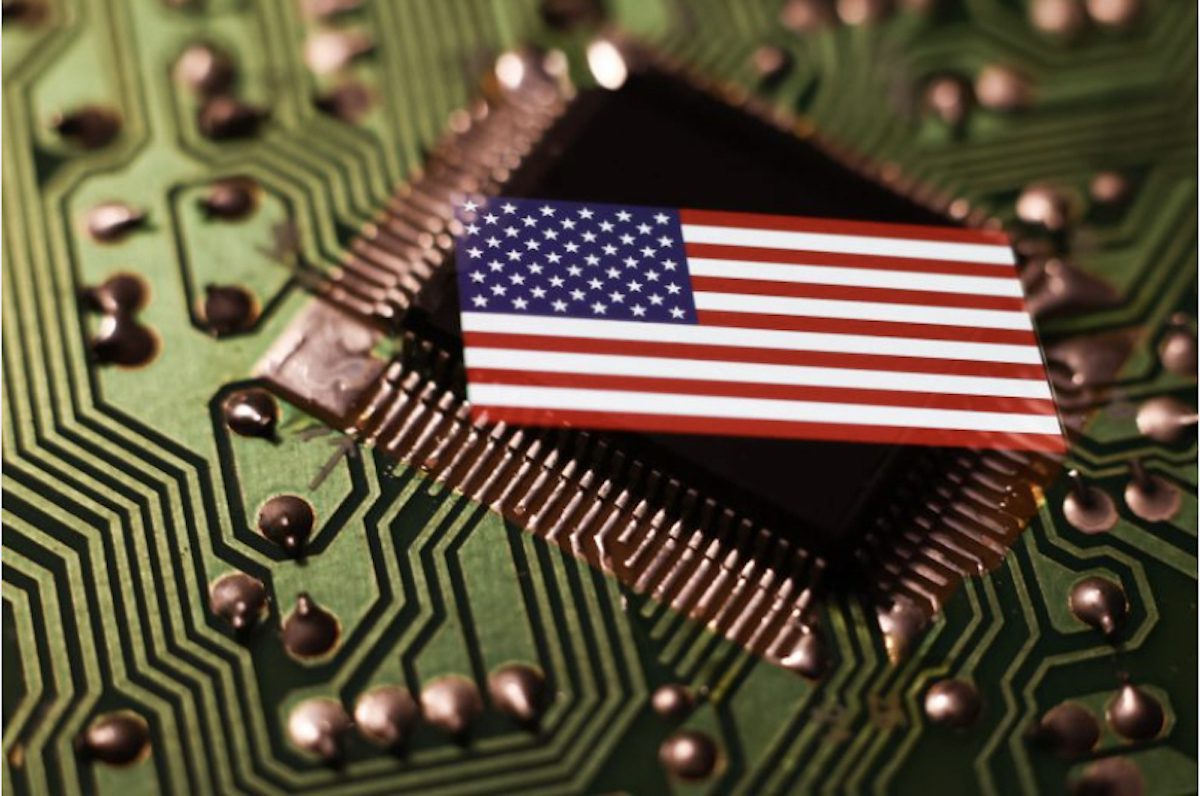Global Courant 2023-04-15 11:25:16
Global trade media often carry the narrative that the US-China confrontation will split the world in two.
But East Asian emerging economies have a different take on supply chain decoupling, as exports and imports of goods between the US and China hit an all-time high in 2022 and East Asian manufacturing networks continue to move actively.
Quantifying the effect of supply chain decoupling is difficult. Trade controls, especially export controls on high-tech products, became an important decoupling policy tool in the United States and for some U.S. allies, including Japan.
Items subject to export controls are specified in terms of goods traded, technologies used, export destination, importers and end use. But the coverage is very wide and only a small part of the exports are under strict control. Governments do not disclose information about products that are banned or under investigation.
They also do not disclose how long the investigation took, even afterwards. Private companies can refrain from exporting without requesting an official decision. The International Trade Goods Classification may not match sensitive export items such as high performance semiconductors.
According to my ongoing study with Mitsuyo Ando and Kazunobu Hayakawa, monthly industry-level international trade data show no clear evidence of supply chain disconnection or drastic reorganization of manufacturing networks through the end of 2022.
But the August 2020 US export controls targeting Huawei significantly slowed the company’s production in China and subsequently reduced Japan’s exports to China, especially for parts and components used in Huawei’s wireless communications equipment.
The Chinese telecom giant is the target of US sanctions. Image: Screengrab/CNBC
Regression analyzes find a statistically significant reduction in Japanese exports to China since August 2020, especially in semiconductor intensive parts. The ongoing study estimates a 3.3% drop in exports over this period compared to 2019 trade data. The supply chain decoupling is real, but the trade-restrictive effect appears to be limited in magnitude so far.
Supply chain decoupling in the US-China confrontation entered a new phase when the Biden administration passed the CHIPS and Science Act in August 2022 and strengthened US export controls in October 2022. While the implementation details of these policies have not yet been disclosed, they are likely to further disrupt supply chains in terms of parts, materials, manufacturing machines and technologies used for supercomputers.
But supply chain decoupling is likely to be only partial. International production networks have generally remained active, particularly in East Asia. Globalization has brought global economic opportunities to many private companies.
With the current heated geopolitical debate between the United States and its allies, the expansion of trade controls is inevitable. But the “rest” of the economy beyond effective trade controls should not be neglected in this debate. The world must maintain economic dynamism.
For medium powers like Japan, the government can take various measures to ensure the health of the rest of the economy. The boundary between the economy, which is under strict trade controls, and the rest of the economy, which is not, should be as clearly defined as possible.
It is important for civilians that technologies for military use are not lumped together with mainstream technologies in order to avoid negative consequences for the rest of the economy. If the line is not made clear, the private sector will face huge uncertainties that could dampen trade and investment.
It is not only the middle powers that must mark clear boundaries between the trade-controlled economy and the rest of the economy, but also the United States. Mid-power governments should communicate closely with the United States and provide relevant information to the private sector. The cost of a vague border will penalize small and medium-sized enterprises as well as companies in developing countries.
Medium powers like Japan should practice economic diplomacy for the South — especially ASEAN — by deepening economic and social relations, rather than being forced to take sides.
US President Joe Biden and ASEAN leaders attend the bloc summit in Phnom Penh, Cambodia. Photo: Pool / Agencies
The South is interested in promoting a new agenda for digital and green trade and investment. For example, the negotiations on the Indo-Pacific Economic Framework should strengthen multilateral economic relations, rather than just push an economic security agenda.
The rest of the economy must adhere to the rules-based trading regime. While the G7 fails to bring national security policies into line with existing trading standards, the voice of the South, especially ASEAN, is crucial.
ASEAN’s involvement in international production networks has been profound and it should continue to support the rules-based trade regime. Together with the Global South, the rules-based trade regime should be preserved as widely as possible.
Fukunari Kimura is a professor at the Faculty of Economics, Keio University, and Chief Economist of the Economic Research Institute for ASEAN and East Asia (ERIA).
This article was originally published by East Asia Forum and is being republished by Global Courant under a Creative Commons license.
Similar:
Loading…








